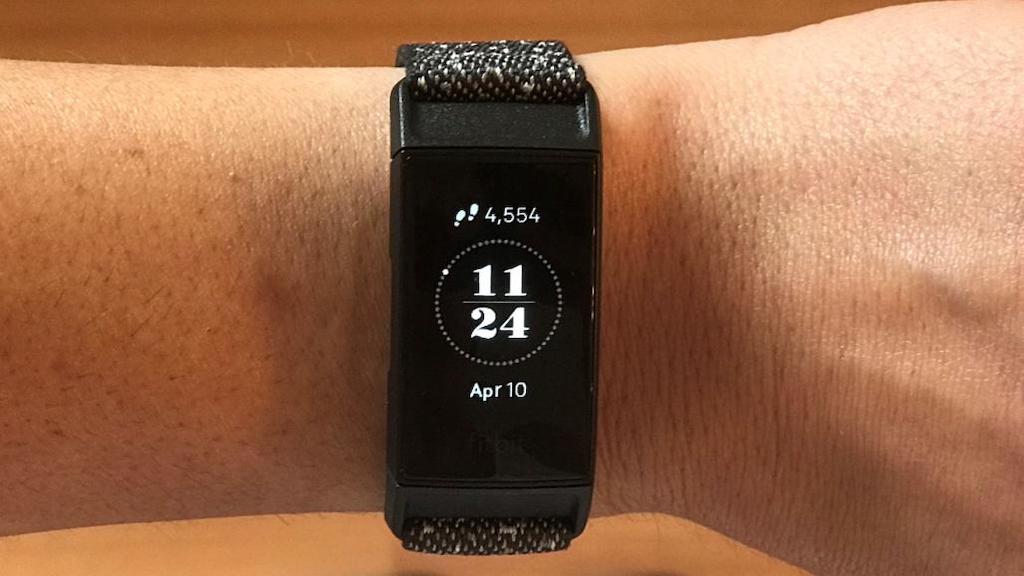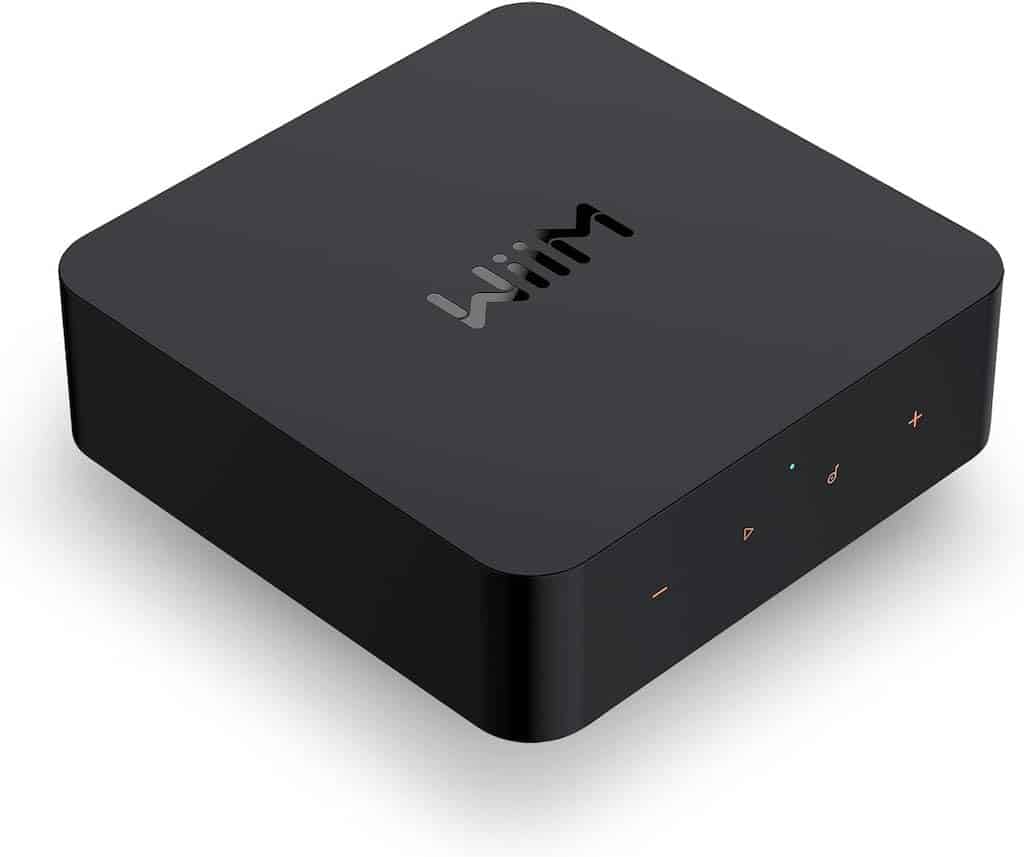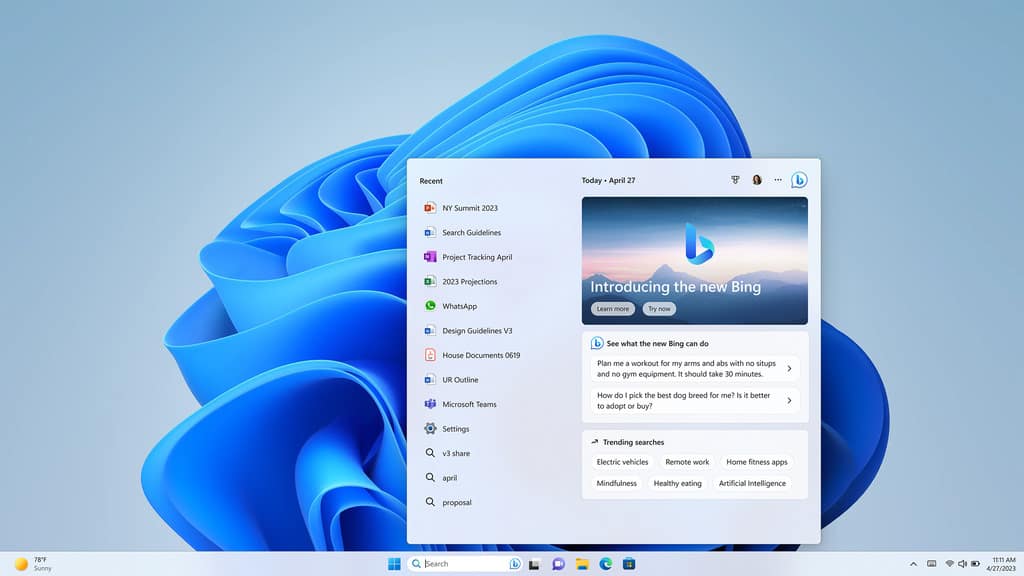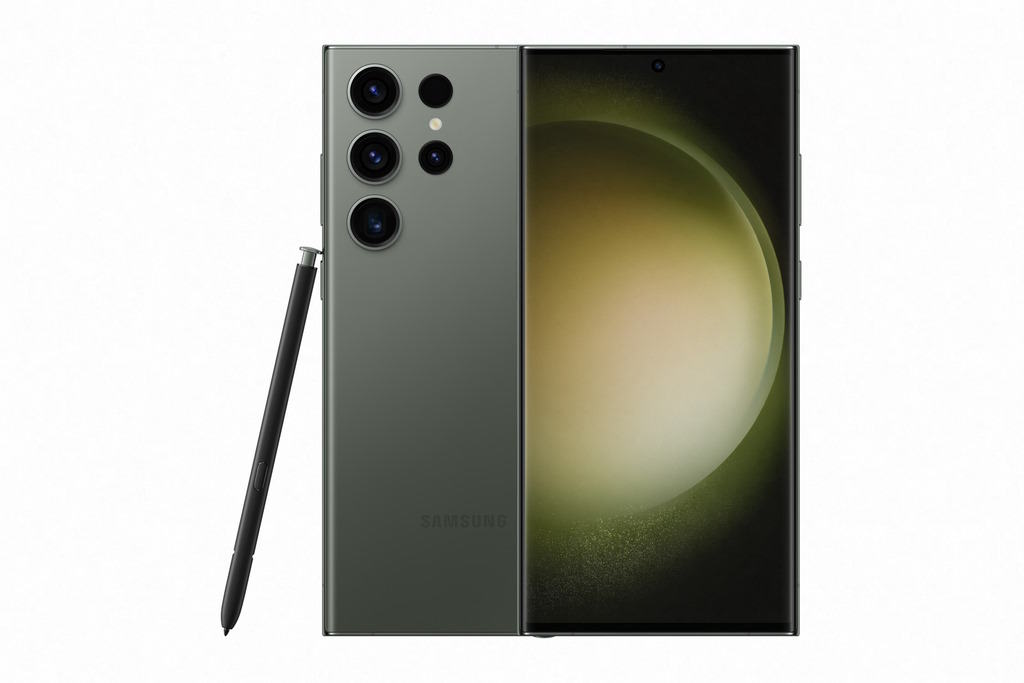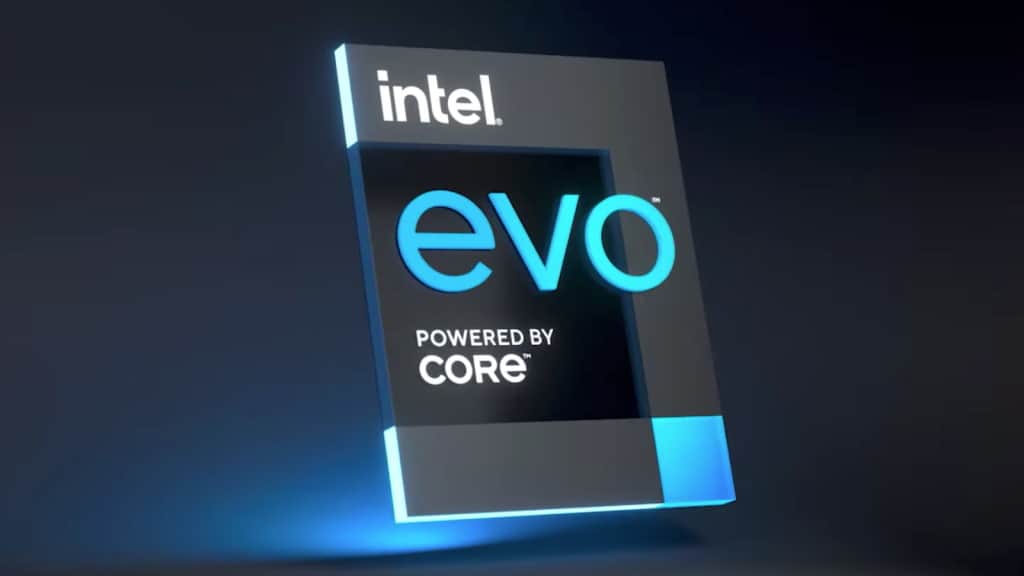Sony KD65A9G 65-inch Master Series OLED TV REVIEW
Summary
Sony KD65A9G 65-inch Master Series OLED TV REVIEW
With TVs classed as an ‘essential item’ during the Covid-19 alert, PAT PILCHER finds out just what’s so special about Sony’s latest Master Series OLED TV.
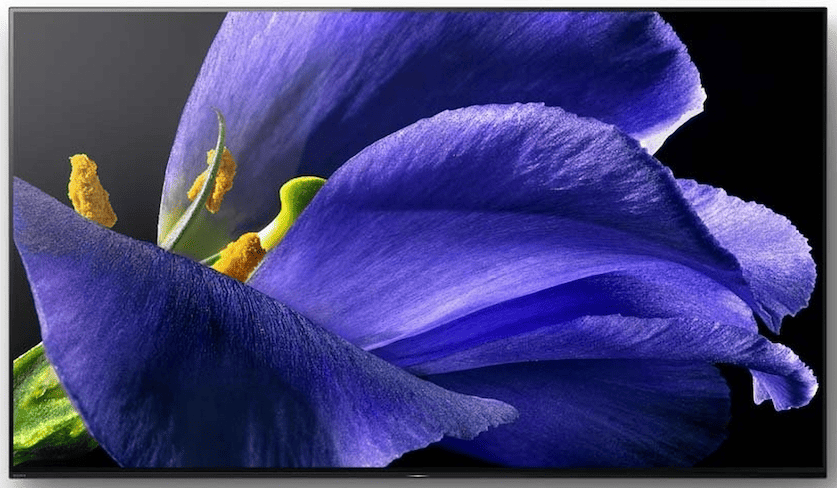
Virtually all OLED TVs use the same LG-manufactured panels and deliver eye-popping contrast and vibrant colours. This begs the question: How can any individual brand make its TV stand out from the crowd? This thought must have figured prominently in Sony’s thinking as they brainstormed their latest telly, the A9G.
Design-wise, the A9G might not be hugely innovative, but it is attractive. Sony has dropped the leaned easel design of the earlier A9F and instead opted for the stand setup that has been long used by other TV manufacturers. It’s a sensible move as it makes the A9G far easier to unbox and install. It’s also around 6kg lighter, which makes for easier wall-mounting too.
“Like a mullet hairdo, there’s also plenty happening at the back”
Like a mullet hairdo, there’s also plenty happening at the back. Sony has added detachable plastic panels that can hide cable connections, and there are 4 HDMI sockets, all of which are HDMI 2.1 compliant. In addition, there are three USB sockets, a SPIDIF output and a headphone socket. And for those who want to hook up their speakers for an instant home theatre setup with the A9G acting as a centre speaker, there’s old-school wiring clip-style speaker connections.
Sony has continued to use Android TV as its operating system. It’s a smart move that means there’s a load of app support (including KODI), games and all sorts of other goodies. Android TV has improved to the point where it feels very usable, even if it looks a tad utilitarian, lacking the flare of LG’s WebOS platform. The real currency of any smart TV platform is app support, and with Android TV there is plenty. Amazon Prime, YouTube, Acorn TV, Netflix and a host of other streaming apps are available, including NZ content providers such as TVNZ OnDemand and Lightbox.
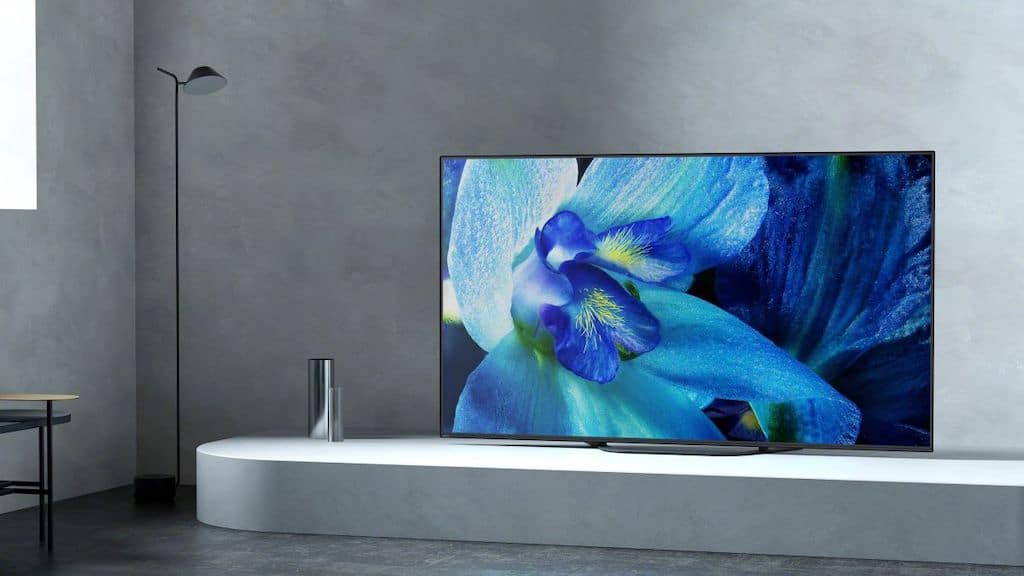
While there’s support for HDR (High Dynamic Range) formats including HDR10, HLG and Dolby Vision, HDR10+ is absent. But then, HDR10+ has yet to garner widespread support by content providers, and at the time of writing, Prime Video is about the only streaming service that supports it).
A new version of Sony’s X1 Ultimate chip, which has been re-engineered and re-branded as the ‘X1 Ultimate’, handles the A9G’s impressive screen output. There’s a bunch of smart picture-enhancing capabilities such as the jauntily named Object-Based Super Resolution and Object-Based HDR Remaster. Zippy branding aside, these on-chip capabilities did work to boost definition and contrast of specific on-screen objects. When paired with what Sony calls ‘Pixel Contrast Booster’, dynamic range and detail looked fantastic.
“Prime Video looked super crispy, accurate and vivid with 4K content”
After unboxing and setting up the A9G in my lounge, I selected Standard mode and disabled Black Adjust and Advanced Contrast Enhancer. Switching Live Colour onto the high setting, I disabled Reality Creation, noise reduction options and Smooth Gradation. I also boosted Black Levels and dialled back Colour slightly. The resulting picture with Freeview HD looked great. Prime Video looked super crispy, accurate and vivid with 4K content. Shadow detail was beautifully rendered, skin tones looked natural, and there was no noticeable banding in scenes with lots of blue skies.
The news was good when it came to motion processing, too. Action scenes in Star Trek Picard were silky smooth yet natural. Where many other TV brands soften on-screen action into a mushed-up blur or create a distracting soap opera effect, the A9G delivered sharp yet smooth on-screen motion.
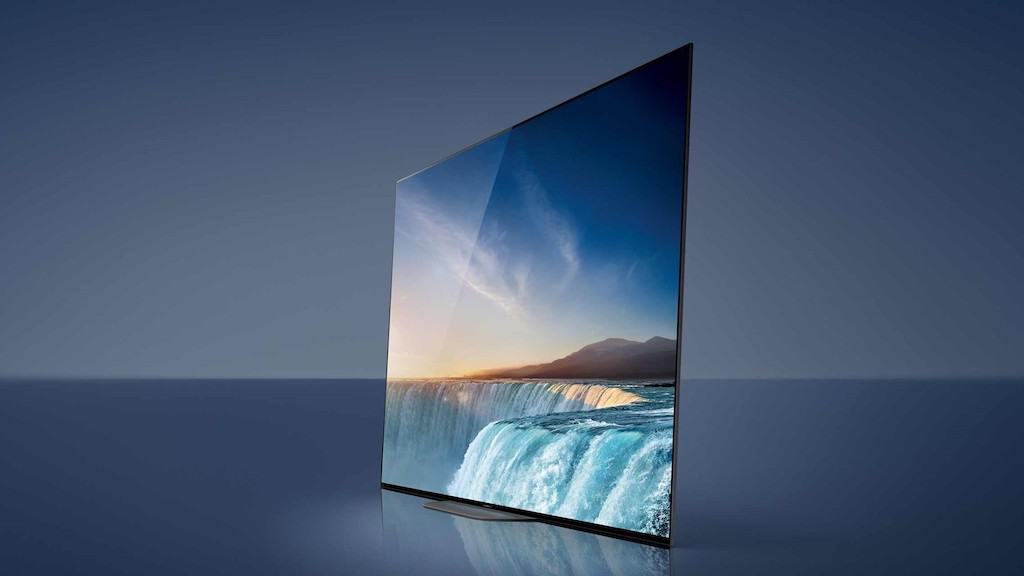
Unlike so many others, Sony hasn’t skimped on the audio front. As mentioned above they’ve included speaker terminals on the rear of the TV and have set things up so that it can act as a centre speaker in a surround sound setup. There’s little debate that getting rid of the AV amp will be polarising, but those without a home theatre setup may find it a good option that reduces AV cabinet clutter.
The other side of the sonic coin with Sony’s OLED TVs (starting with the A1 OLED back in 2017), is its Acoustic Surface technology, which replaces traditional speakers with actuators. These vibrate the entire screen surface area to generate sound. The concept has steadily improved over the last few years and with the A9G, Sony has switched to oval-shaped actuators, which they say creates a more dispersed soundstage and better stereo separation.
The A9G is the OLED TV to beat. Sony’s A9G may sport a conventional telly design, but it has it where it counts – eye-pleasing on-screen goodness, surprisingly good audio and a widely supported ecosystem that makes for a genuinely enjoyable smart TV experience.
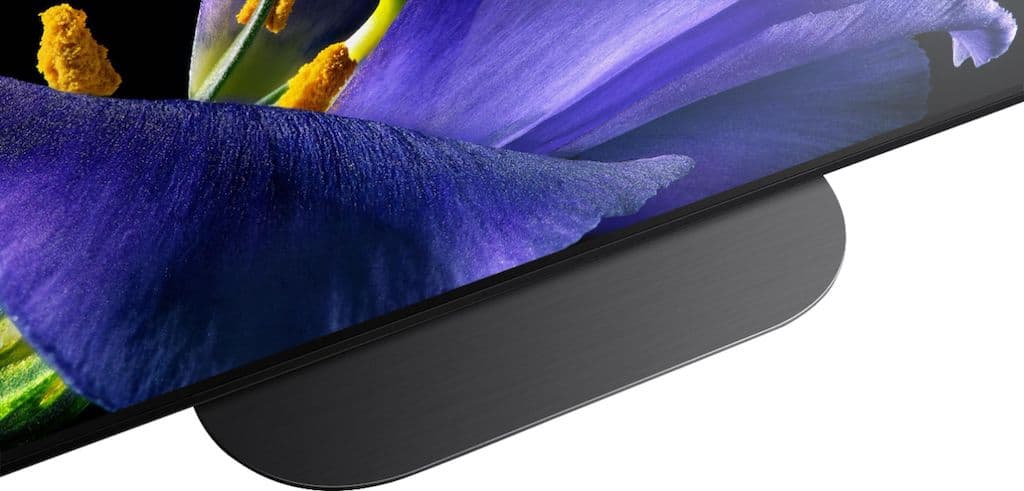
Sony’s latest is only held back from a revered 10/10 Witchdoctor award due to its somewhat steep sticker price of $5498.
Tech Specs
Screen: OLED
Resolution: 4K
OS: Android TV 8.0
HDR Support: HDR10, Dolby Vision, HLG
HDMI: 4x
USB: 3x








